Urajiro is a type of countershading caused by a very light pigment intensity on a dog’s underside, forechest and muzzle. Urajiro markings cause light beige, cream or off-white areas on a dog’s underside while the pigment on the upper body keeps its original color.
Content
What is Urajiro?
Urajiro is a term originally found in Japanese breed standards to describe a type of countershading in some Japanese dog breeds. It consists of two words ura (‘bottom’) and shiro (‘white’). So urajiro can be translated as ‘underside white‘.
Urajiro markings are caused by a low phaeomelanin intensity on the dog’s underside. These markings can be beige or nearly white. They can have a crisp edge or gradually blend with the red coat on a dog’s back. But on average, urajiro shows less color blending than regular countershading.
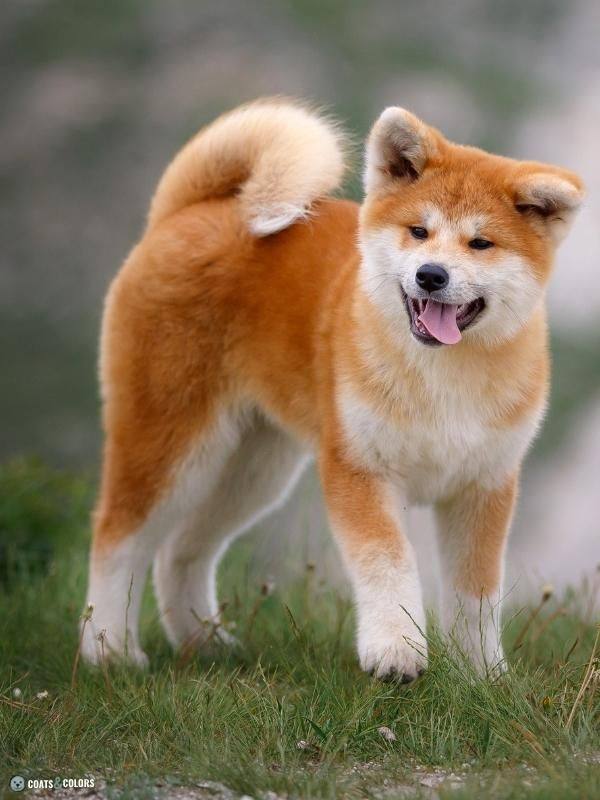
Urajiro only ever affects red pigment and never the black pigment in a dog’s pattern. Although urajiro can be nearly white it’s not the same as white spotting which is caused by a true lack of pigment or domino which can cause lighter phaeomelanin and removes some eumelanin.
But we don’t know yet what causes these markings. And we don’t understand the mode of inheritance or why some dogs have very intense urajiro and some dogs have a more washed-out pattern. Some anecdotal evidence hints at recessive red carriers (E/e) to often have stronger and bigger markings.
Japanese breed standards call for markings at the side of the muzzle and the cheeks, the lower jaw, throat, chest and belly as well as the forechest extending up to the shoulder joint. Urajiro does in fact not define the desired intensity of urajiro markings but their correct spread.
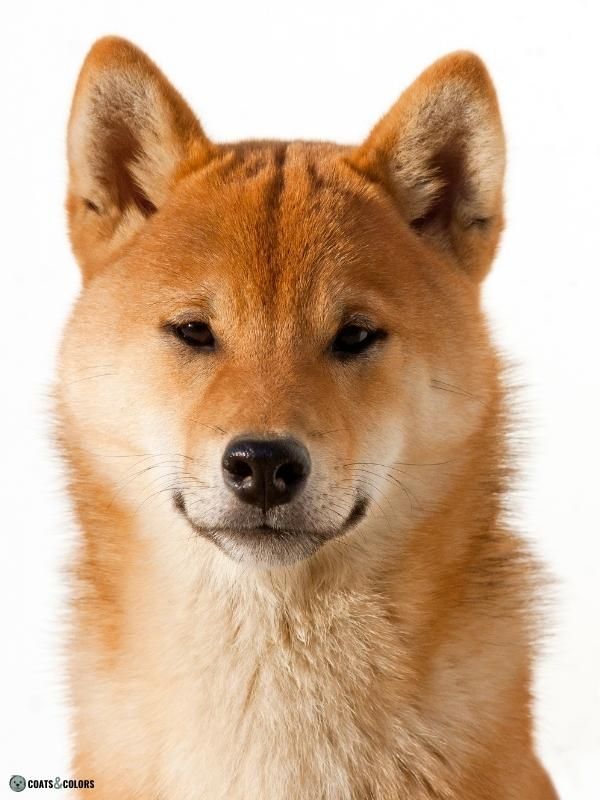

Other kennel clubs like the FCI have started using the term urajiro in their own breed standards. They slightly expanded the list of desired markings because most dogs with urajiro also show light markings inside their ears, above the eyes, at the inside of the legs and at the underside of their tail.
Although the popular dog breeds Akita and Shiba Inu are known for their very refined cream white markings the term urajiro is used to describe any form of countershading. Rare breeds like Kishu or Shikoku also have urajiro but it takes longer to mature and is not always as intense as in Shibas or Akitas.
Urajiro Markings
Urajiro does not look the same on every dog. One major difference is the individual color pattern on a particular dog. Japanese breeds only come in quite traditional color patterns compared to all the possible coat color combinations that can happen in dogs. This makes it easy to spot the effect of urajiro:
Urajiro and Red
It’s easy to notice urajiro markings on a solid red coat. Red Shibas or Akitas commonly get their color from being clear sable (E/- ky/ky Ay/-). The intensity and spread of urajiro vary from dog to dog.
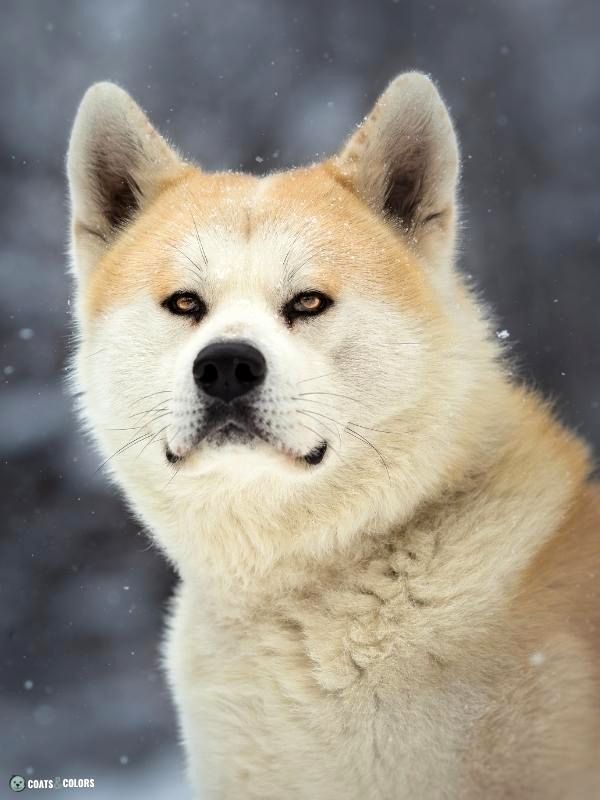


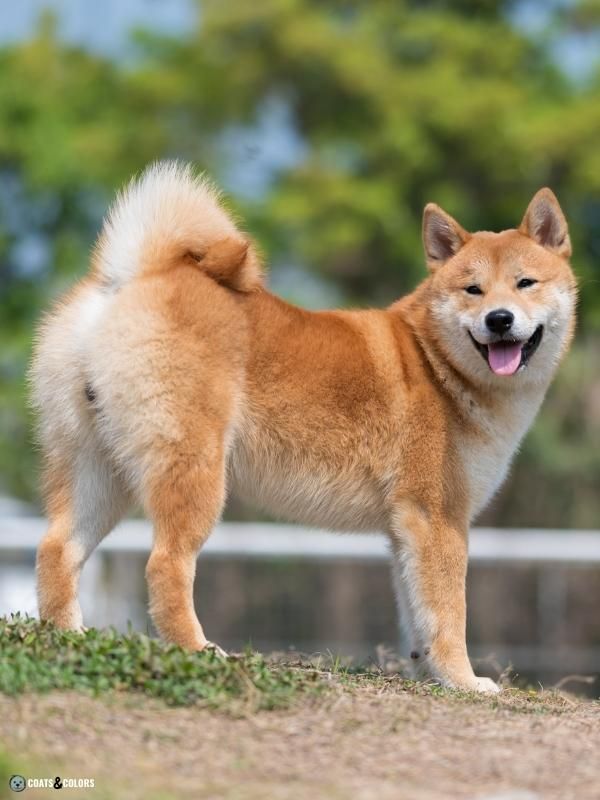
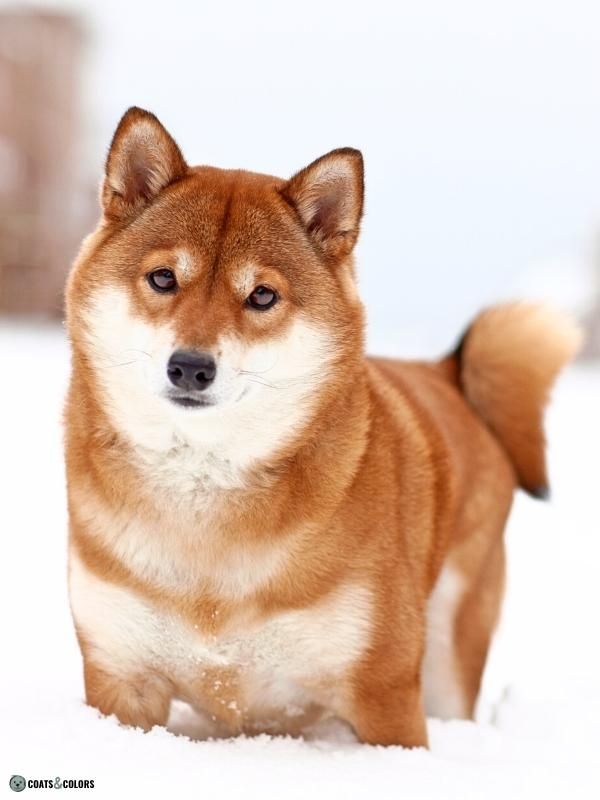
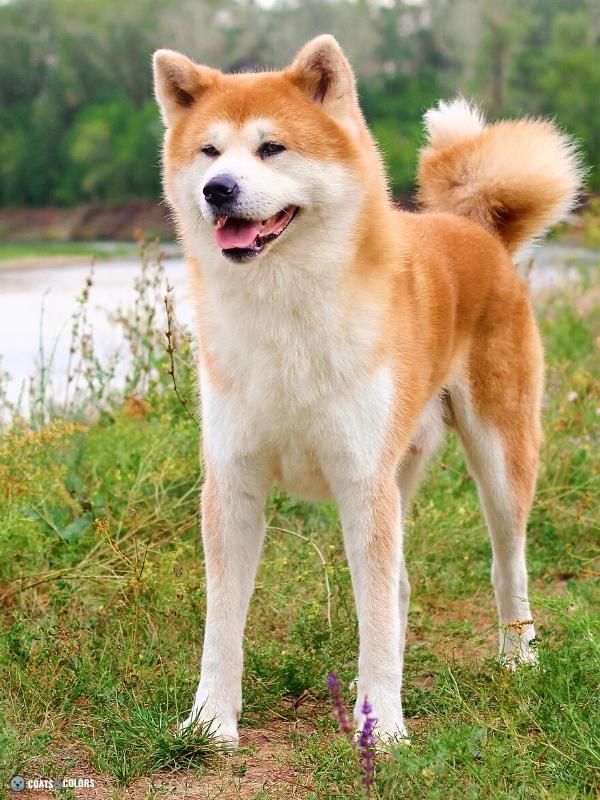
Urajiro and Sesame
The pattern in dogs with shaded sable (E/- ky/ky Ays/-) or agouti (E/- ky/ky aw/-) are sometimes called sesame. Dogs with urajiro and black-banded or shaded coats already tend to have less black pigment on their underside. So urajiro is hard to miss.
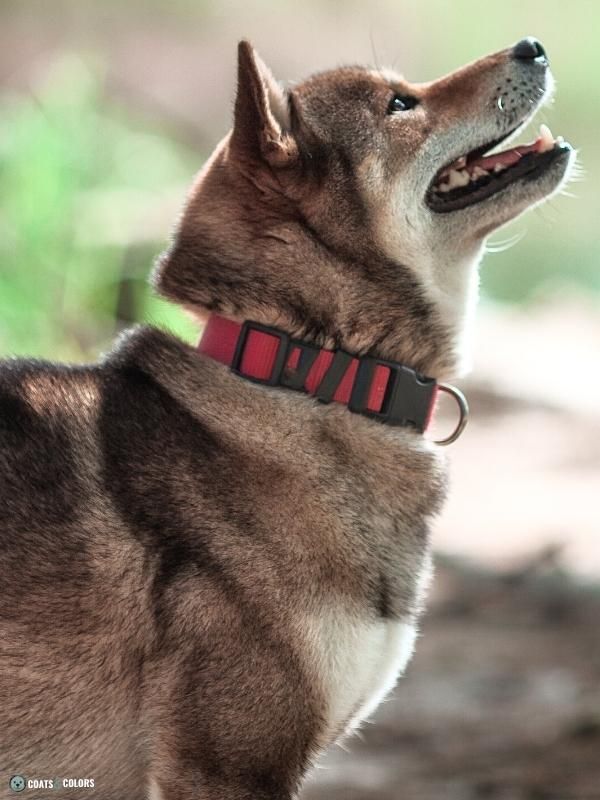



Urajiro and Tan Point
On a dog with a tan point pattern (E/- ky/ky at/-) the effect of urajiro countershading is only visible inside the tan markings since urajiro only lightens red coat and does not affect the black coat.
Urajiro follows the basic spread of tan markings but they don’t overlap completely. This causes the lighter and darker shade of red to appear side by side inside the red markings.

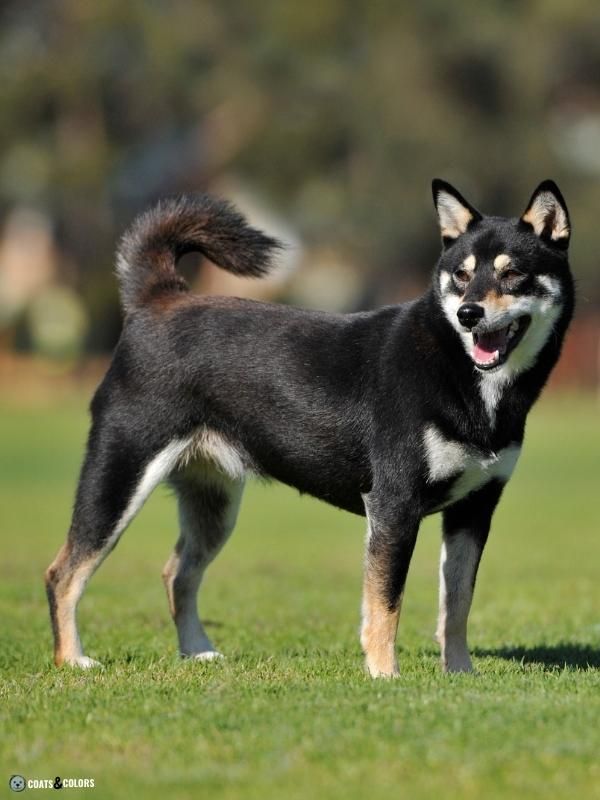
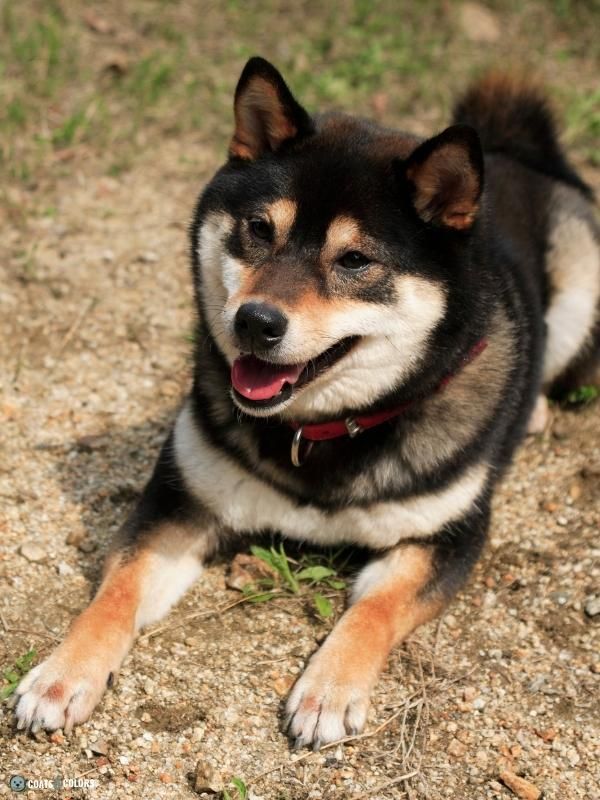

Urajiro and Brindle
Brindle (E/- kbr/- Ay/-) adds vertical black stripes on red coat and can cause minimal to intense striping patterns. Brindle can affect any A-Locus pattern with at least some red pigment (brindle sable, brindle points,…).
Urajiro affects the red pigment underneath the brindle pattern and causes a color gradient from cream to red while the black stripes are not affected. The more red coat is visible under the black stripes the easier the urajiro becomes visible.

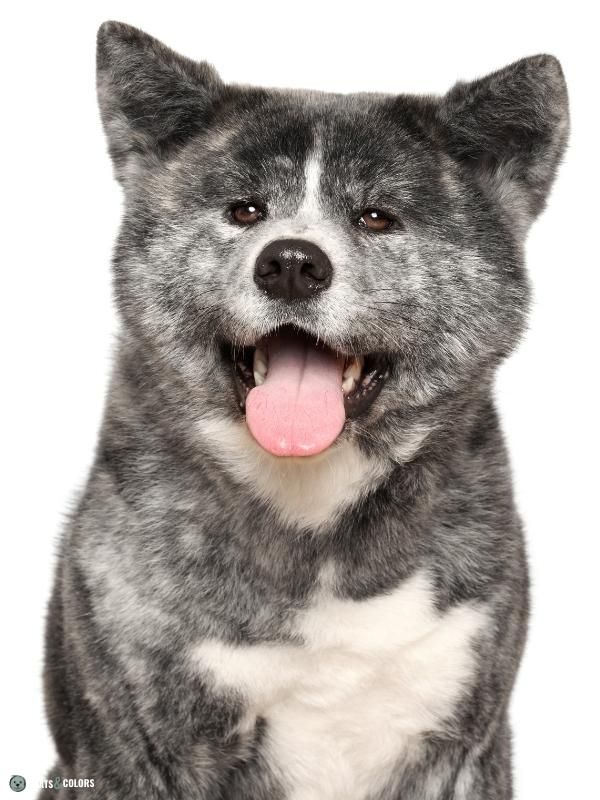
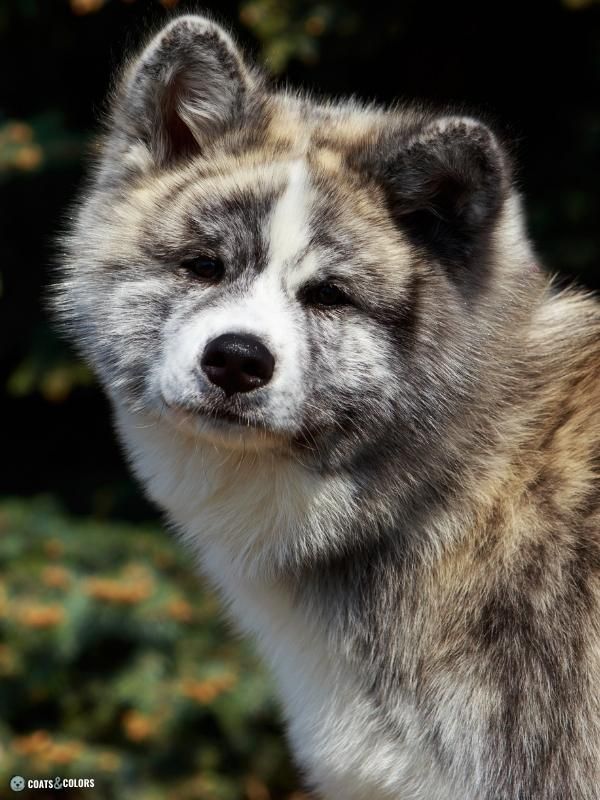

Learn More

Hi! I’m Steffi. I am a biologist and a big time dog nerd. You are curious about coat color genetics? You’ve come to the right place! Read more.



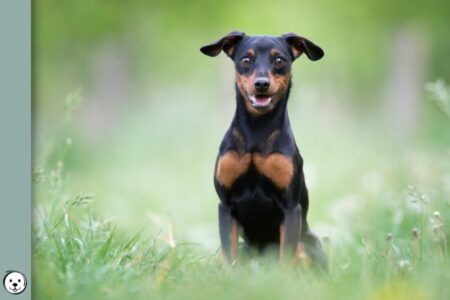
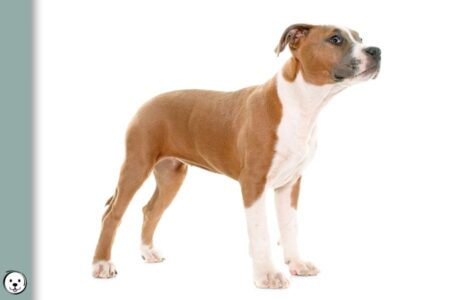

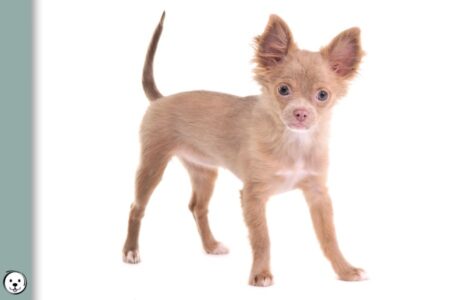

1 thought on “Urajiro”
Comments are closed.